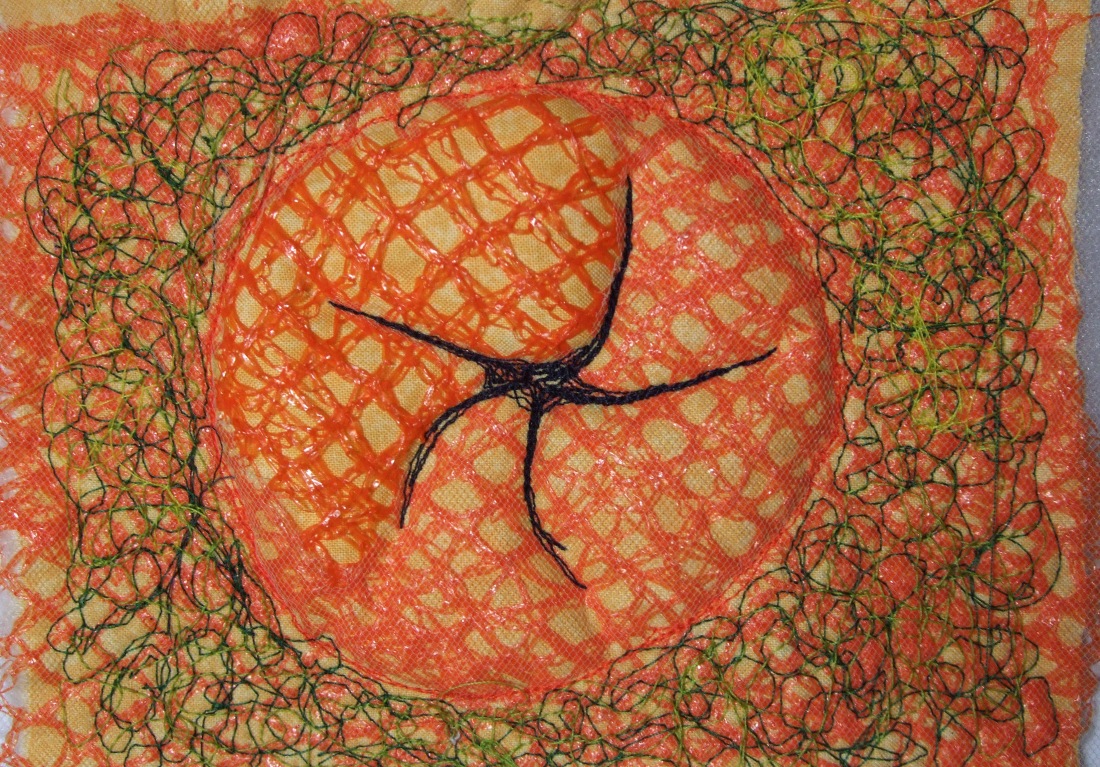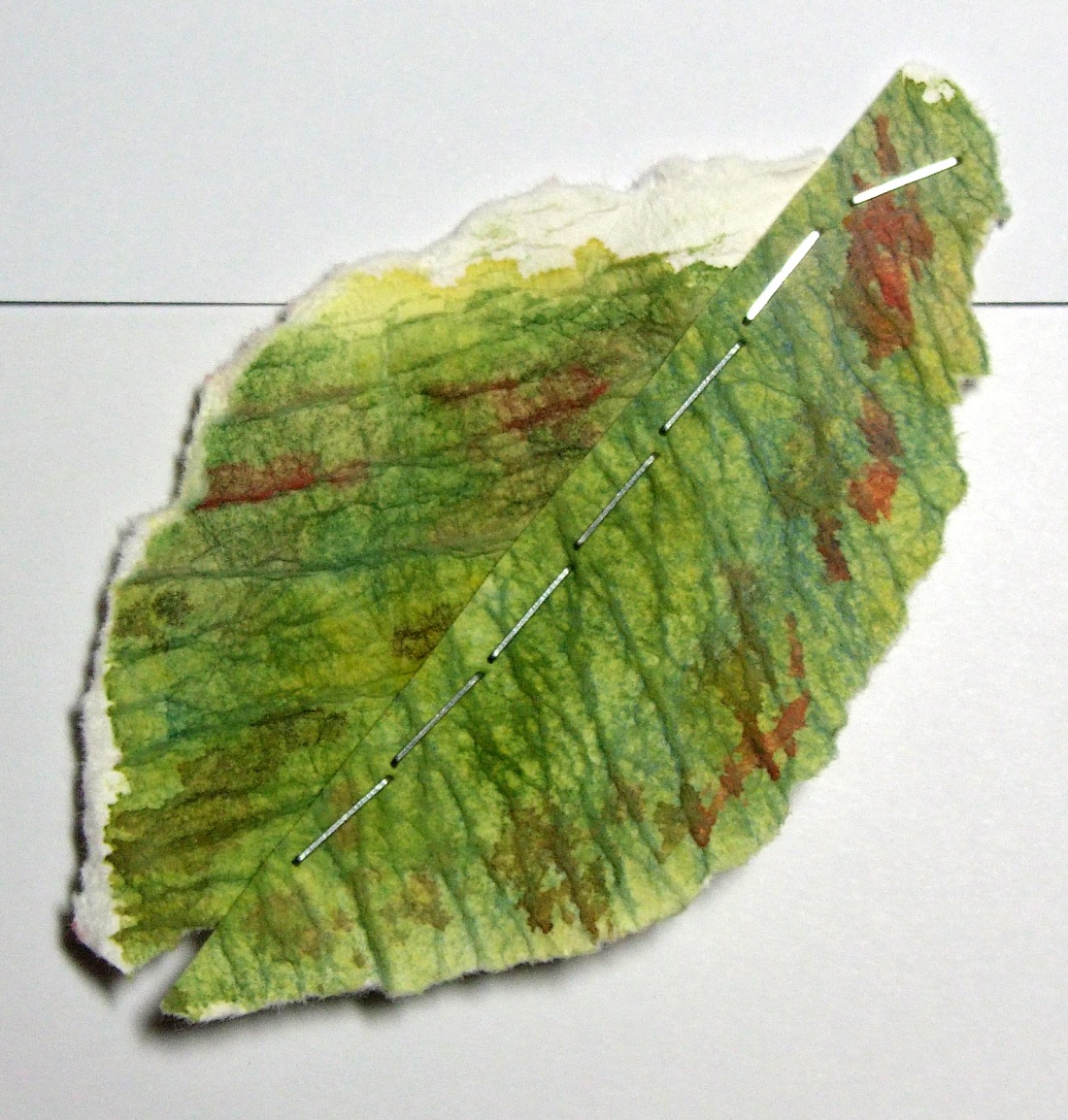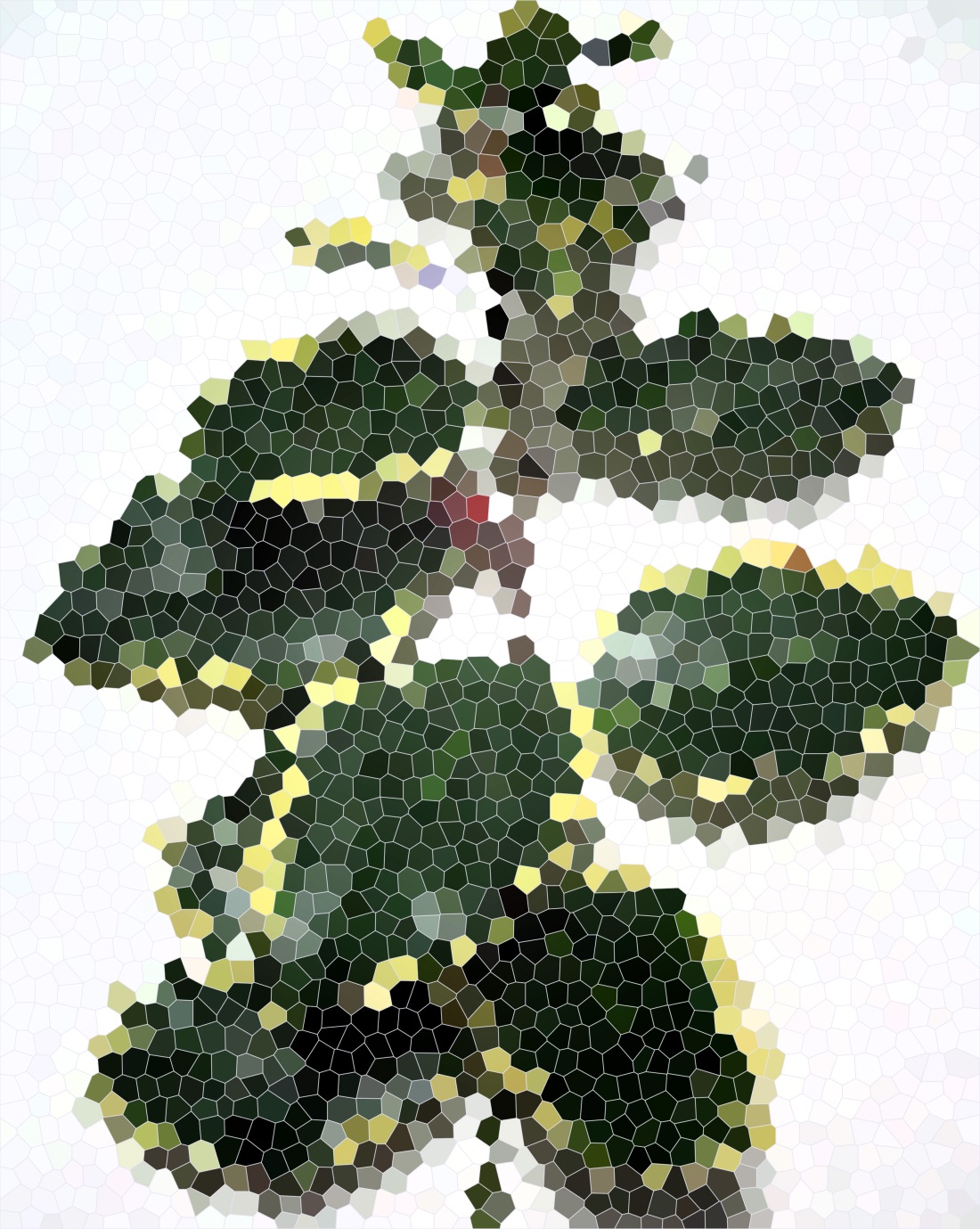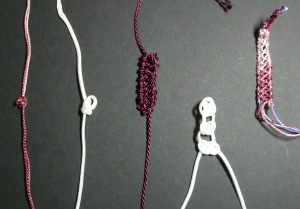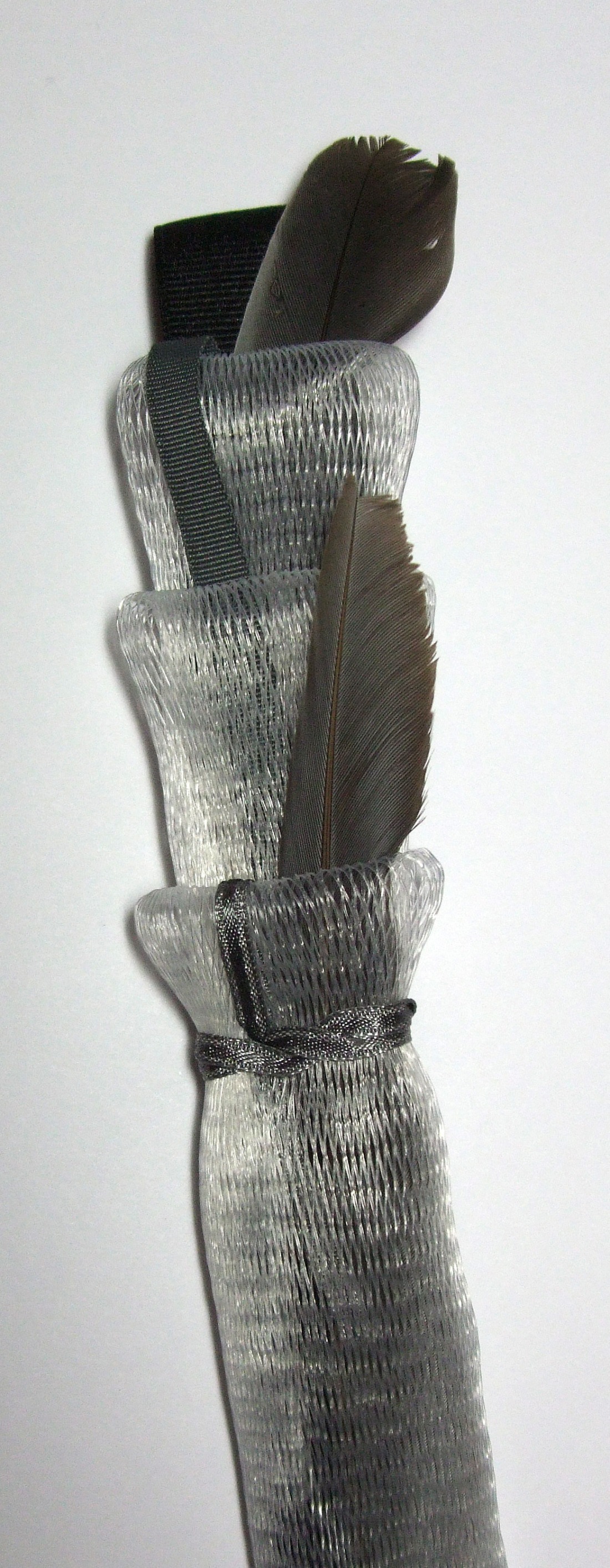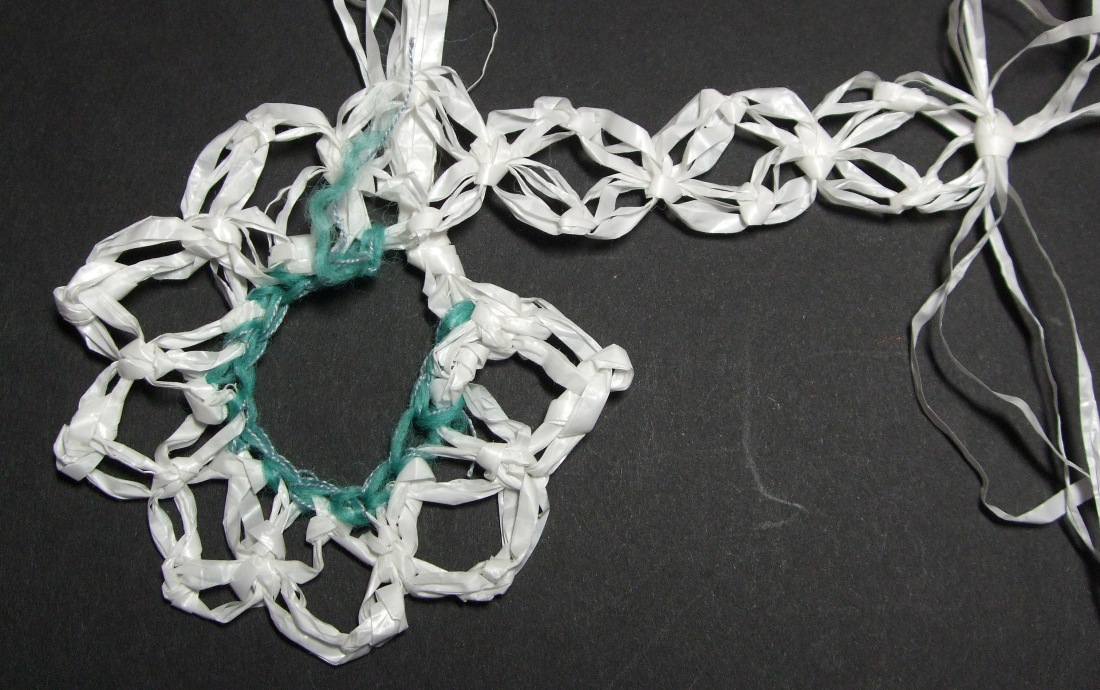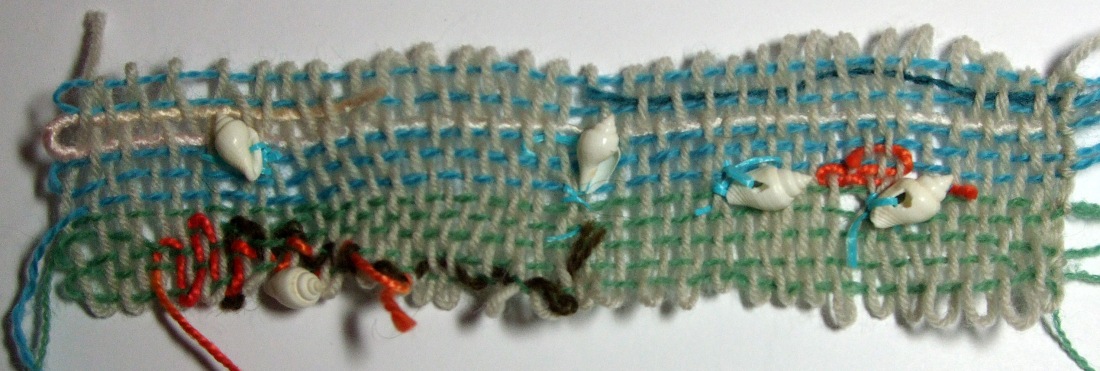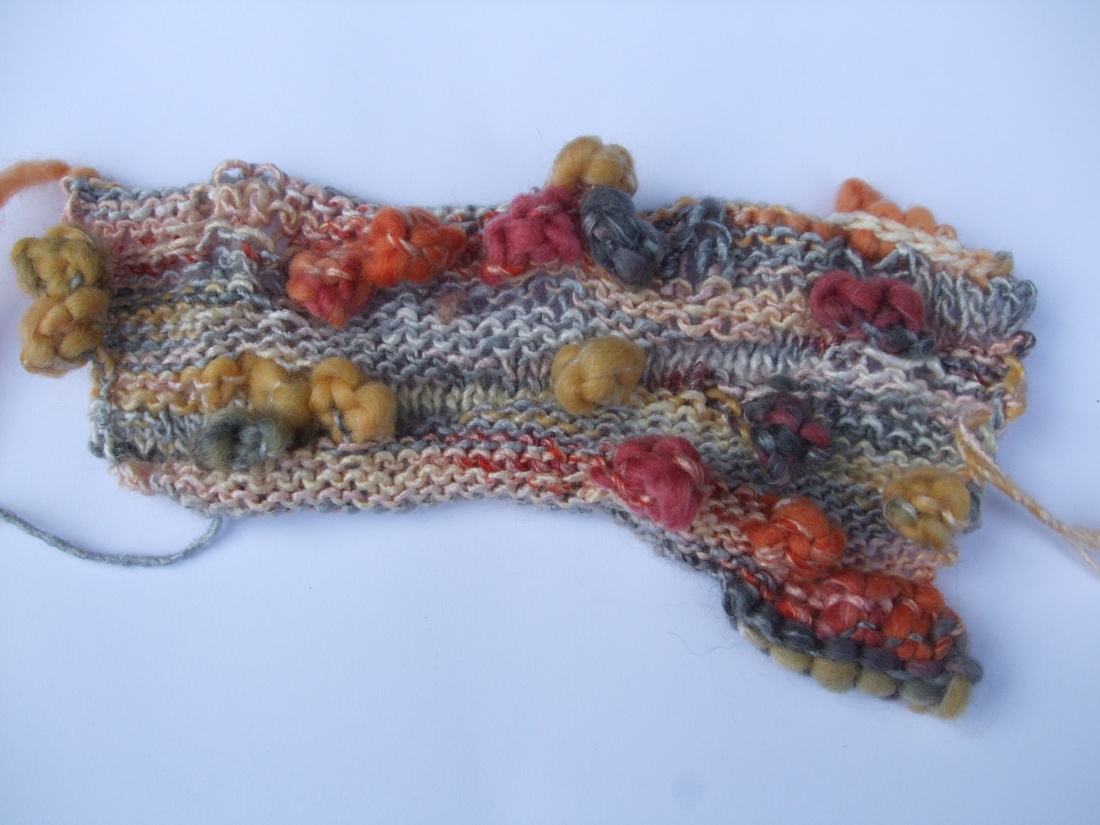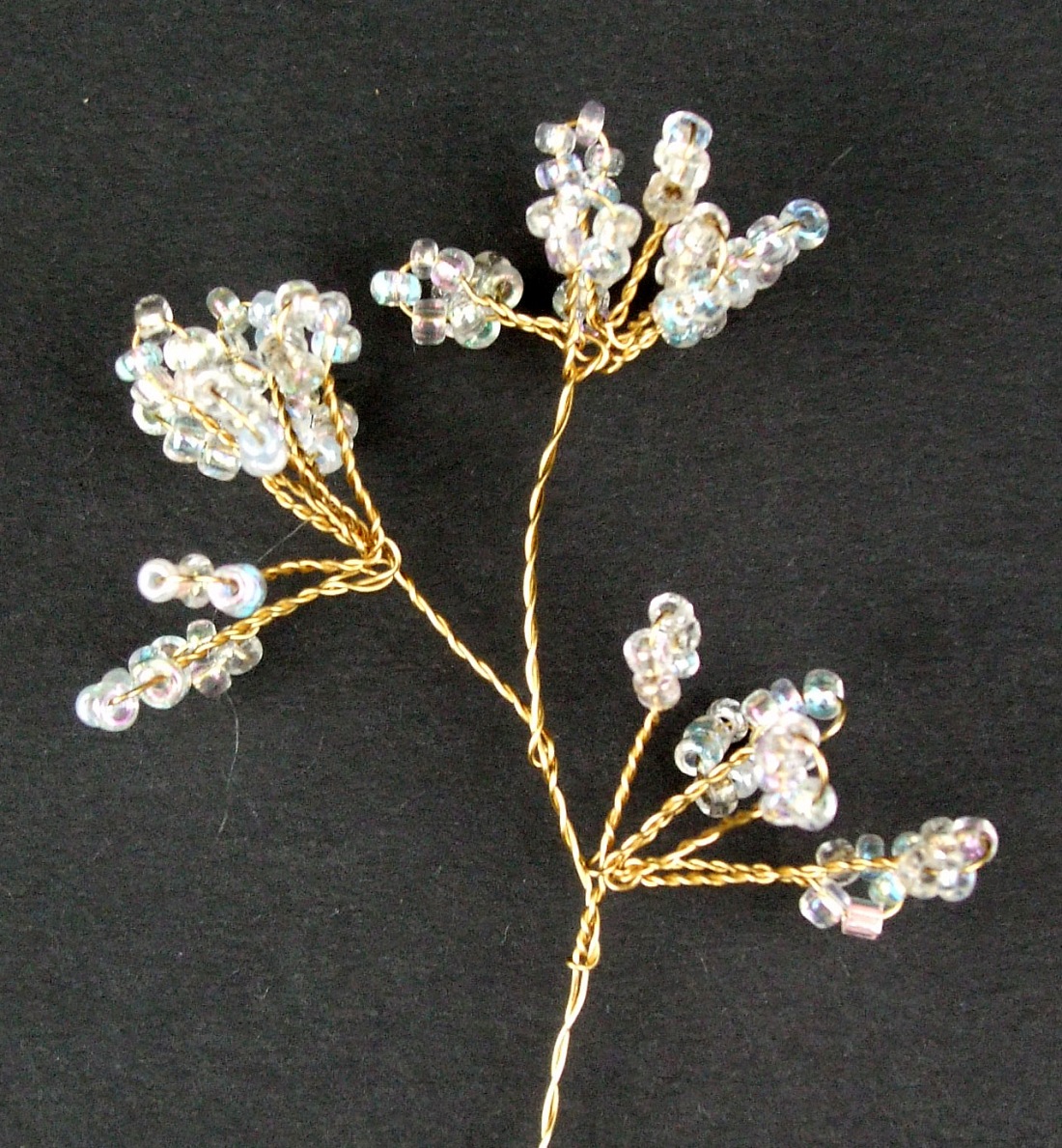Introduction I'm not a fan of Winter. The days are short, and the skies are frequently grey. Often it would appear nature has gone to sleep and working in an office during the day, sunshine is a surprising extra. Then the sun comes out, the light lifts and the air clears to be clean and fresh. … Continue reading Part 5 – Project Two – Artist Research
Category: Coursework
The parent category for coursework.
Project Three – Experimenting and Taking Risks
Aim: Referring design sources producing samples exploring materials or a technique and colour Reflection Some samples almost spoke for themselves, the holly watercolour translated into chiffon, the crocheted catkins, the berberis berry and the pink hellebore petals. As mentioned in part two, I attended a freestyle machine embroidery course early in January and have used some of … Continue reading Project Three – Experimenting and Taking Risks
Project Two – Building a Response
Task One - Paper and Material Manipulations Use drawings from project one, develop a series of textile concepts using papers and other surfaces to develop material ideas, textures and structures. Consider material manipulation and stitch. From Project one, I have chosen to explore colour in the designs, so each design will focus on this but the … Continue reading Project Two – Building a Response
Project One – Developing Visual Research
Task outline: Choose a theme, developing eight to ten drawings to progress. Reflections: I'm not a fan of Winter. The days are short and the skies are often grey. It would appear nature has gone to sleep and working in an office during the day, sunshine can seem a surprising extra. My aim in this … Continue reading Project One – Developing Visual Research
Yarn Manipulation Techniques
In preparation for the next part of this unit, the following techniques were evaluated to see how they might assist. Knotting Far beyond the reef knot, granny knot and half hitch of school days, there was a wide variety of knots as shown in the photograph: Double core technique, button knot Double coin knot Zipper … Continue reading Yarn Manipulation Techniques
Exercise 4.5 – Collage Inspired Yarn
Aims: Further explore and refine colour, composition and making techniques in yarn design Find ways to translate making techniques and approaches used in collage work into yarn concepts, with a focus on flat yarns Master and refine strong development and making techniques and approaches previously worked Brief: Using samples from colour collage, produce a number samples … Continue reading Exercise 4.5 – Collage Inspired Yarn
Exercise 4.4 – Deconstructing Colour as Yarn
Aim To help select and explore new and appropriate making and deconstructing techniques to translate lighter and more transparent qualities into your yarns Brief Referring to the samples produced in 3.3 - produce samples by deconstructing and manipulating materials to produce yarn formations that capture the qualities of the watercolour painted stripes. Reflection The one … Continue reading Exercise 4.4 – Deconstructing Colour as Yarn
Exercise 4.3 – Re-interpret, Re-invent
Aim: To employ colour and mood translation in materials and yarn sourcing and yarn development Explore, re-invent and re-interpret an approach to building structures as small- and large-scale design concepts research and keep technical notes on your making processes Brief Develop a series of yarn designs and simple textile constructions in response to colour work … Continue reading Exercise 4.3 – Re-interpret, Re-invent
Part 4 – Review Point
The samples are behind my desk hanging in a row in the order in which they were produced. In each series of samples for each exercise, a theme has been found and focused on, ie the landscape, or a colour theme or a texture. This may be an extract from the design source so the … Continue reading Part 4 – Review Point
Exercise 4.2 – Experimental Yarns and Concepts
Aims: Explore colour translation and development in yarn design and making Explore textures and unexpected materials in the creation of yarn concepts and designs Brief: Colour placement - Three designs from samples in colour work Materials exploration - three to five colour samples Textural and tonal qualities - Using neutral palette - produce two to … Continue reading Exercise 4.2 – Experimental Yarns and Concepts

